

By Alexandria Rae Cubbage, 16th March 2021
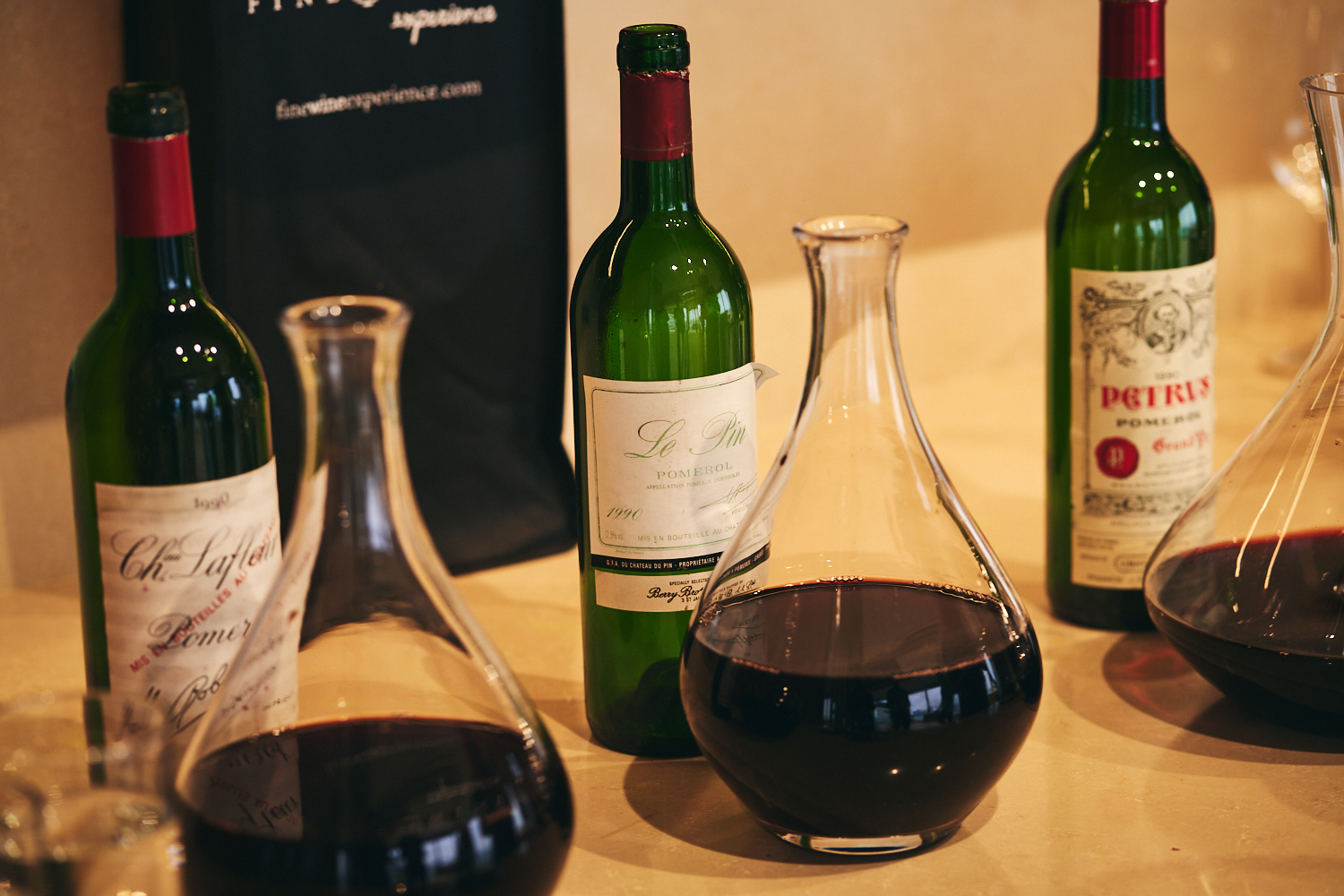
As a follow up to our 1990 Burgundy Dinner back in December, we decided to do a dinner focused on the best of the best from 1990 in Bordeaux. And we asked Chef Soren Lascelles and the service team at the Grand Hyatt’s Chief Executive Suite to create a menu and experience to match these wines. Common characteristics found in 1990 Bordeaux are aromas of ripe fruit, roasted coffee, and toasty notes; they display overall intense aromatics and concentration with a mouthcoating and velvety texture. We saw that and experienced many of these aromas and flavours in the wines throughout the dinner. One of the key features of 1990 is that great wines were produced at all levels in all appellations, so we put together a best of the best line-up featuring all the top estates in Bordeaux as well as some of the stars for 1990 that aren’t rated as First Growths but stood out for this vintage.
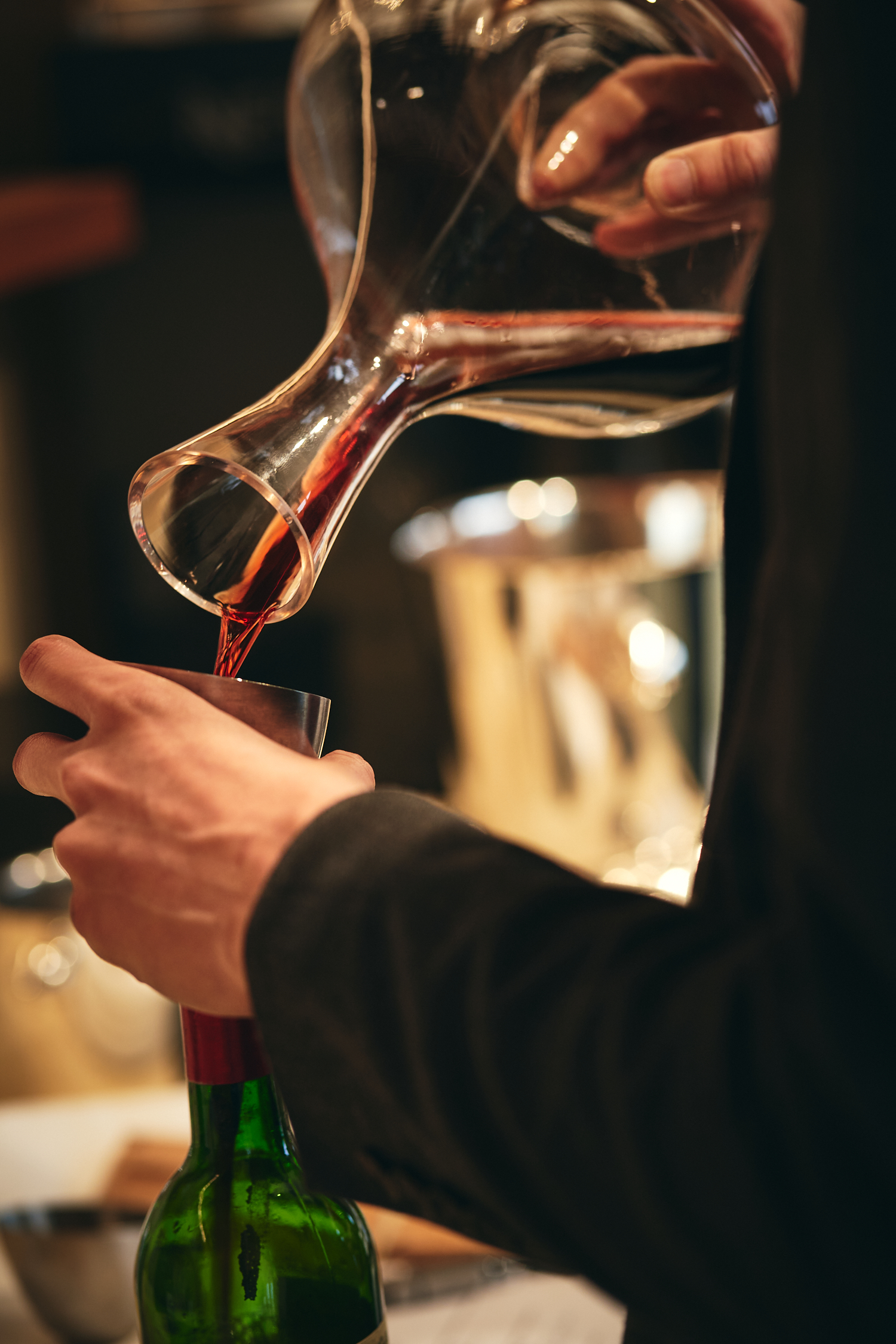
1990 was one of the top vintages of the 20th Century for Bordeaux rivalling years like 1947, 1961 and 1982. All great vintages for Bordeaux are the product of a hot growing season but rain is important too. 1990 was the second hottest year of the century at the time with only 1947 being hotter. It also saw a favourable growing season for the grapes because it was the second wettest year on record for a hot vintage with only 1989 receiving more rain. With these strong growing conditions, the vignerons knew they would likely produce a plentiful crop, so many green harvested, and some for the first time as in the case of Château Cheval Blanc. Harvesting for most started on the 12th of September, and the resulting wines in general had ripe tannins and good acidities. The experience and insights gained from the warm vintage of 1982 gave vineyard managers the confidence to leave the grapes on the vine longer. And with more funds and financial support after a succession of good vintages – 1982, 1985, 1986, 1988 and 1989, as well as a new international clientele seeking the wines of Bordeaux, winemakers and vineyard managers were also willing to sacrifice fruit and cut yields with the aim of promoting ripeness, concentration and quality. The winemaking practices at the châteaux had improved too because they were financially able to make improvements. By the late 1980s, you saw new cellars being built, repairs being made, more new barrels and getting rid of old barrels more quickly, temperature control and the use of stainless steel tanks and the use of wine consultants all in an effort to make better wine.
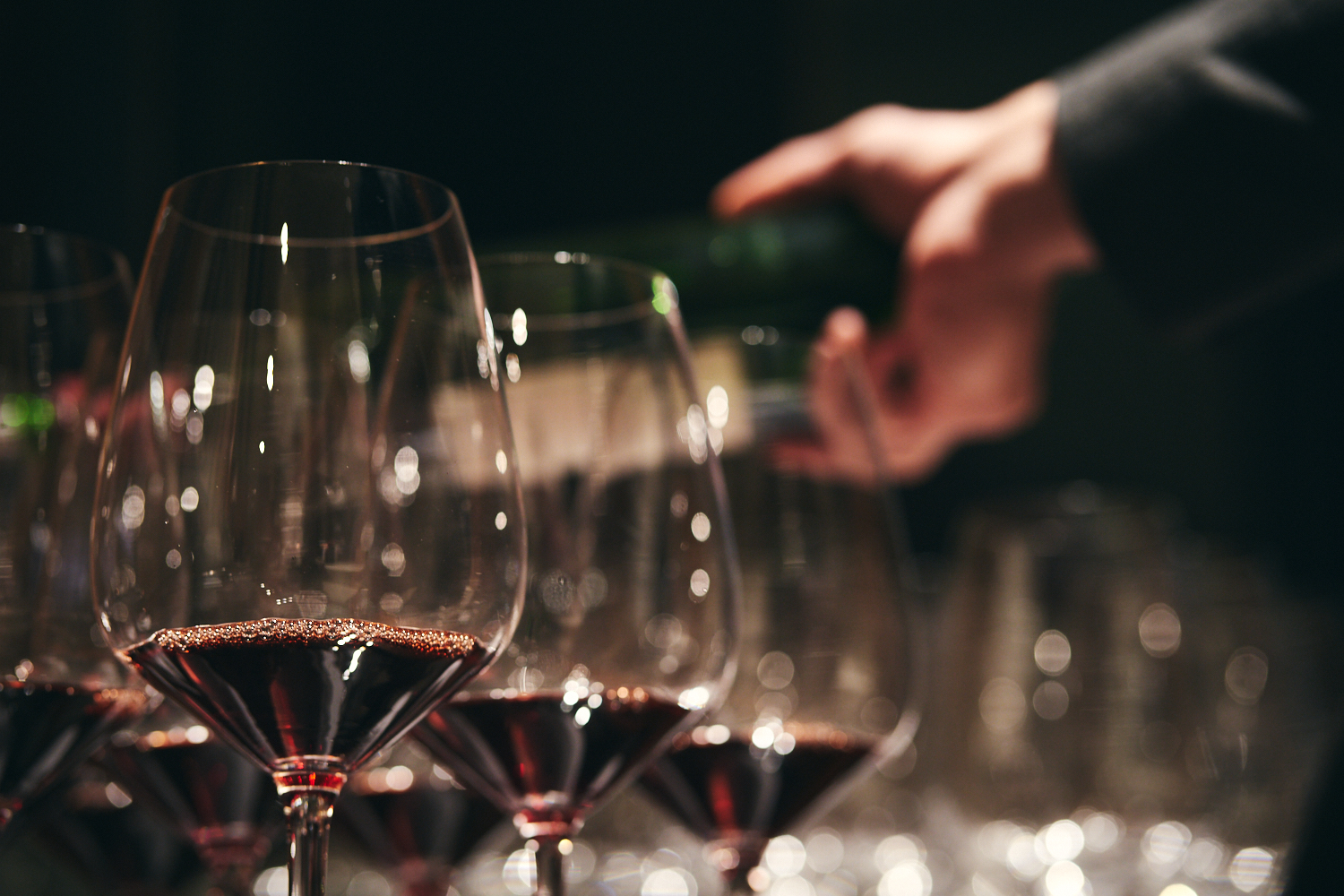
The standout appellation in 1990 was St.-Émilion, so we began our dinner there with two wines focused on a blend of nearly 50/50 Cabernet Franc and Merlot but grown in contrasting soils – Château Ausone and Château Cheval Blanc. First up was Ausone. The vines that produce these grapes grow in what many winemakers in Bordeaux consider to be its best terroir. There is lots of limestone in the soil and calcareous clay with the vines situated on steep slopes. The vineyard is located in a natural amphitheatre, so it benefits from both sun and shade. And some of the oldest vines in St.-Émilion are here with some of the Cabernet Franc vines being over 100 years old. At the time that the 1990 was made, Pascal Delbeck was the estate manager, and Alain Vauthier who is currently running the estate was making the wine with him since 1976. Once Vauthier took over fully in 1995, Ausone experienced improvements right away with a new drainage system, reduced yields and production of a second wine so quality could be better controlled and emphasized in the first wine. Most wine reviewers such as Neal Martin say the wines of Ausone really improved from the 1999 vintage forward. This wine showed the most developed of the wines at our dinner. The fruit was dried in character with red and dark cherry fruit, and there was a dusty quality to the wine. It also showed a note of tarragon and a chalky minerally aroma on the nose with integrated tannins on the palate. This wine received no votes for top two favourite wines of the night.
Then, we moved to Cheval Blanc which proved to be a sharp contrast not only because of its differing terrain and soil character but also in its flavour profile. The terroir of Cheval Blanc is quite special because there is no limestone; the vineyard is made up of alluvial soils from the Quaternary Period that were deposited by the Isle River. And the proportion of clay and gravel in the soil is about equal which also makes the vineyard character unique. This 1990 was opulent in its expression with ripe fruit notes of kirsch, cassis and blackberry combined with exotic spices and sweet tobacco. The texture was creamy and silky on the palate. This wine received one vote for top two favourite wines of the night.
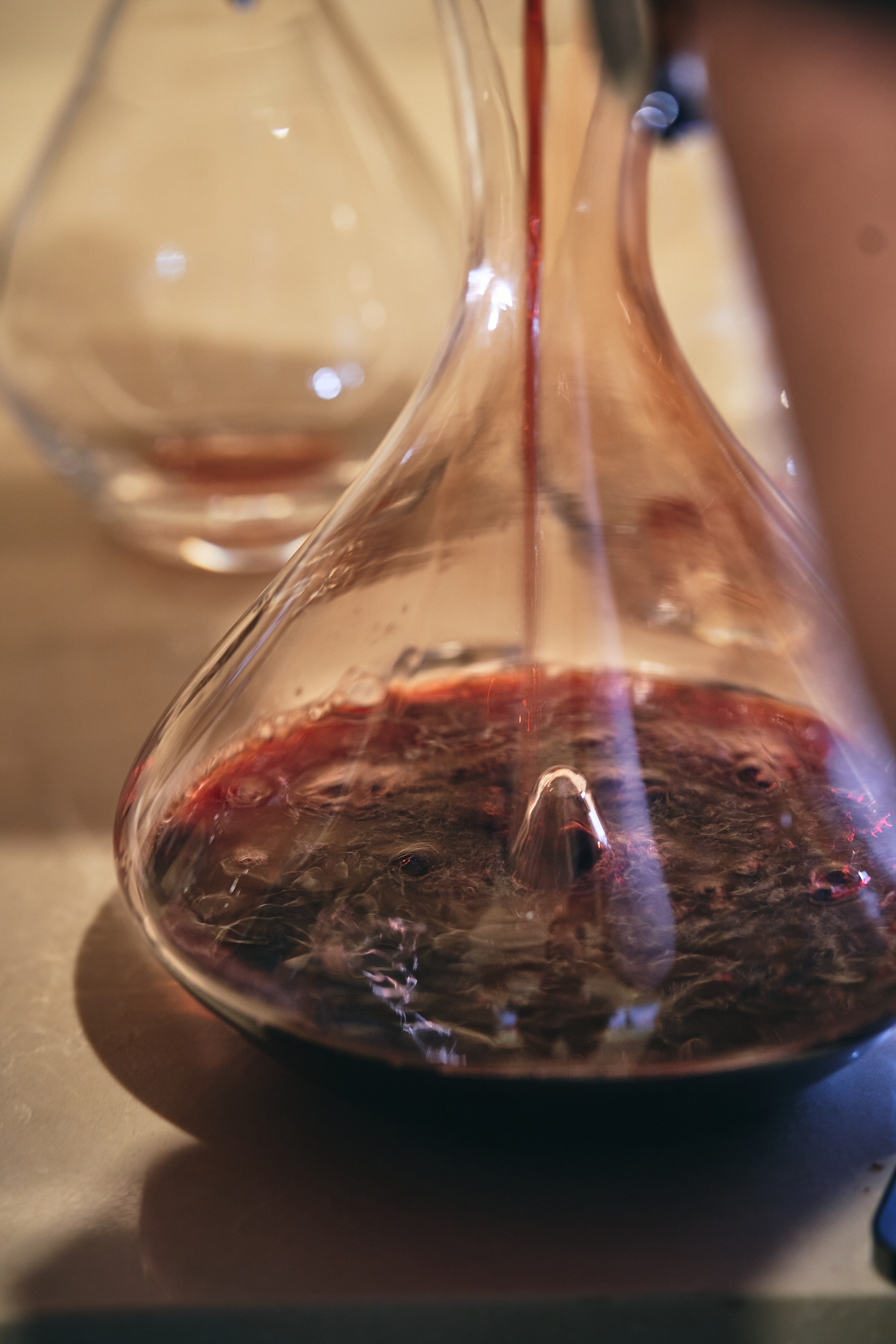
After this pair from St.-Émilion, we moved on to a trio from Pomerol – Le Pin, Pétrus and Château Lafleur. Le Pin stands out in Pomerol because it’s tiny with just 2.7 hectares, and it started fairly late with its first vintage not until 1979. Grapes were grown there prior to this time but they were either sold or blended with other wines. The soil is made up of clay, gravel and sand with deposits of iron oxide. Robert Parker’s outstanding review for the 1982 is what helped Le Pin really take off and catch attention amongst wine collectors. From then on, Le Pin started selling for as much as if not more than all the First Growths. While the vineyard contains about 8% of Cabernet Franc vines, Le Pin – the wine – is 100% Merlot. The 1990 Le Pin had the most exuberant nose of the night with aromas of sweet baking spices including cinnamon, clove, exotic spices and ripe dark berry fruit with a concentrated palate and velvety texture. This wine received four votes tying with Château Margaux as one of the top two favourite wines of the night.
The Pétrus vineyard is special due to its elevation and soils. It has the highest elevation of all the vineyards on the Pomerol plateau sitting at 40 metres which promotes naturally good drainage for the vines. Then, the hill at Pétrus is also unique because it’s the only hill made almost entirely of clay as normally clay erodes and would be found at the bottom. This clay doesn’t exist anywhere else. Also, there is a blue clay that makes up all of the vineyard of Pétrus; while a majority of this blue clay makes up the Pomerol plateau, most of the other vineyards only have a portion of it in their soils. This blue clay produces grapes with the highest level of tannin for Pomerol while still being among the softest in texture. These are some of the factors for why the taste and texture of Pétrus are so distinctively unique to this estate. Like Le Pin, in 1990 there would have been a small amount of Cabernet Franc vines planted, but the wine was made from 100% Merlot. The glass of Pétrus showed aromas of red berry, dark cherry and cassis combined with notes of lead pencil, truffle and a minerally character combining with velvety tannins on the palate. It was less aromatically expressive but more intense and concentrated than the Le Pin. The Pétrus was the favourite wine of the night with eight votes.
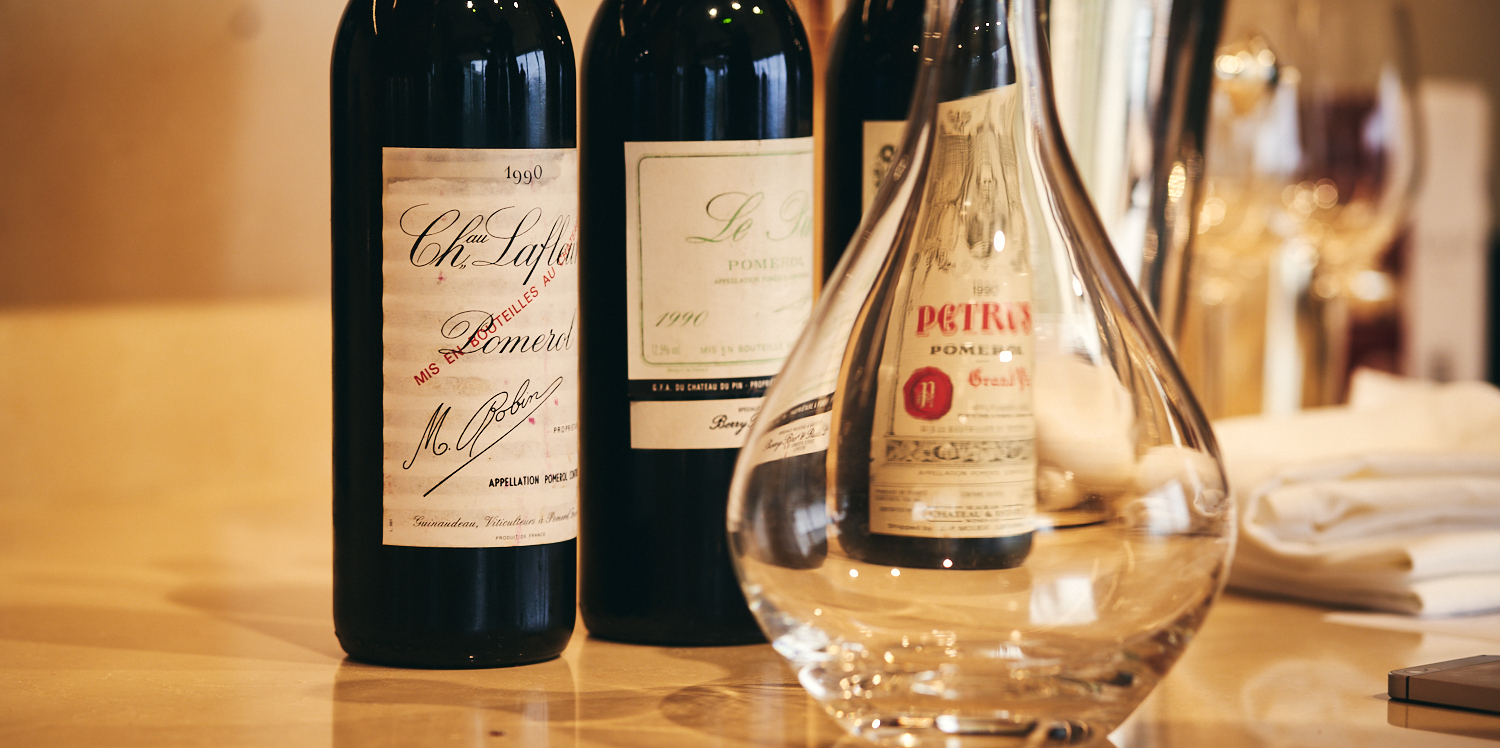
Then the third wine in our Pomerol flight was Château Lafleur at less than half the size of Pétrus but nearly double the size of Le Pin. The vineyard is planted to 50% Merlot and 50% Cabernet Franc with the blend being nearly equal parts that varies depending on the vintage. This estate has a long history of making wine. However, the wine wasn’t so famous until Robert Parker started giving it high marks and acclaim in the early 1980s. The vineyard is almost a perfect square in shape with three distinct soils: in the northwest part of the vineyard sand, clay and gravel are found, in the south and eastern part of the vineyard are clay and gravel with the heart of the vineyard made up of gravel and sand. Lafleur has old vines of Cabernet Franc they refer to by its original name ‘Bouchet’ that date back to the 1930s. The Lafleur showed aromas of red and dark berry fruits with dark cherries and herbal aromas including thyme with a silky texture. It was outshined in this flight by the first two wines which were more aromatically expressive and concentrated with a more lasting finish in each case. This wine received no votes for top two favourite wines of the night.
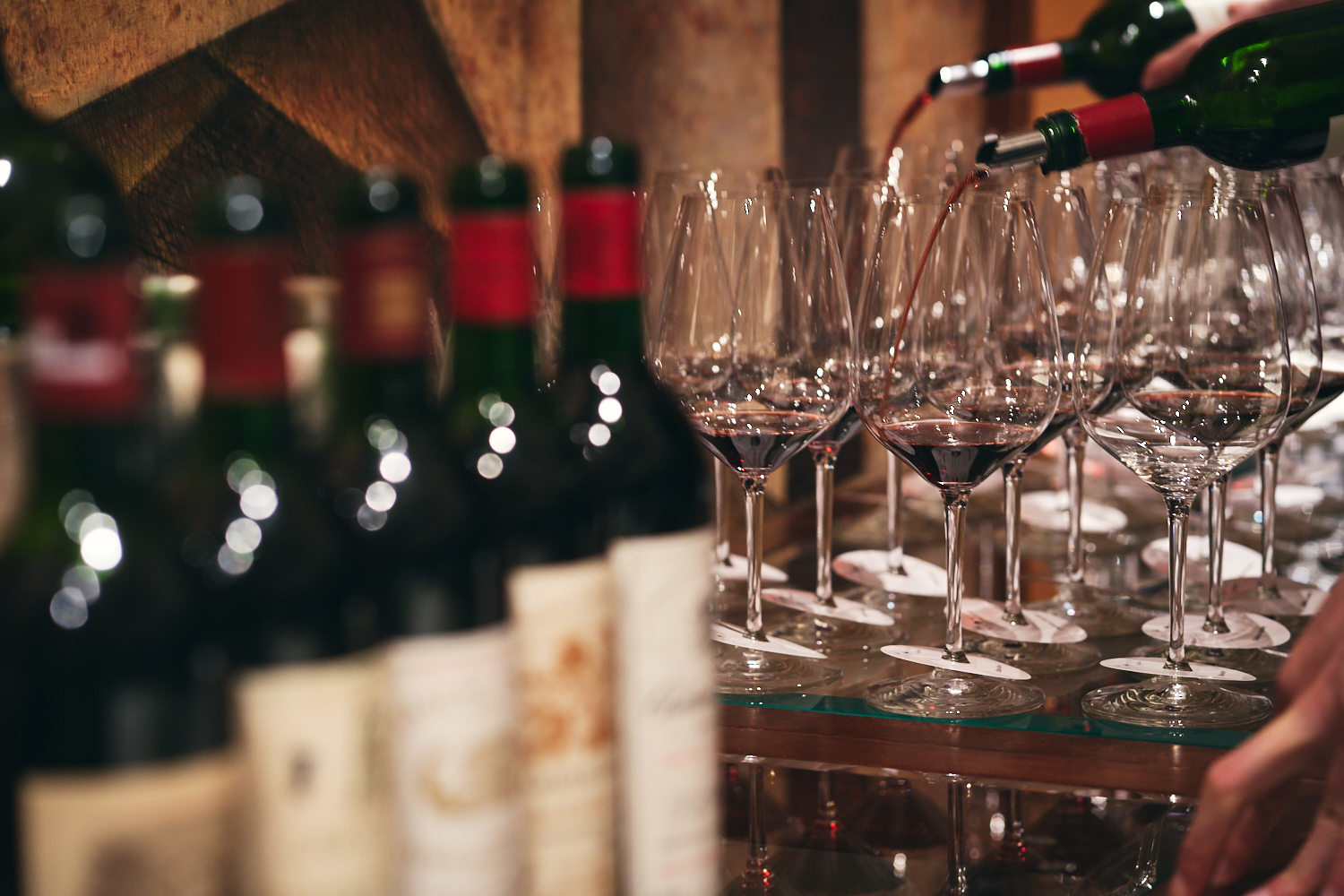
From Pomerol we moved to First Growth examples from Graves and Pauillac. We started out with Château Haut-Brion. In 1990, they produced 18,000 cases, and now they produce about half of that amount. When Thomas Jefferson visited this estate in 1787, he noted how different the soils were to those he saw in the Médoc. He described the soils as follows: ‘The soil of Haut-Brion which I observed in great detail, is made up of sand, in which there is near as much round gravel or small stone and a very little loam.’ The gravel is very deep in some parts of the vineyard at 18 metres deep. Clay is important too, so that’s why they grow a high proportion of Merlot as the grape performs well in clay soils. The blend of the 1990 Haut-Brion is 55% Merlot, 31% Cabernet Sauvignon, and 14% Cabernet Franc. In addition to Haut-Brion’s unique soil and grape blend, the estate is also special because it was one of the first to start producing age worthy wine. They were one of the first to use stainless steel vats for fermentation, to age their wine longer in barrel, to continuously top up their barrels and among the first to take the wine off of its lees and do pump overs during the barrel ageing process. The 1990 Haut-Brion showed aromas of old leather, gamey notes, dark cherry and cassis; it was concentrated and lush in character and was the best pairing of the flight with the ballotine of quail and parma ham, sunchoke purée, globe artichokes, pearl onion and truffle jus. The flavours of the wine and food, particularly the earthy notes melded together producing an even more enriching and complex tasting experience from both. This wine received three votes for top two wines of the night.
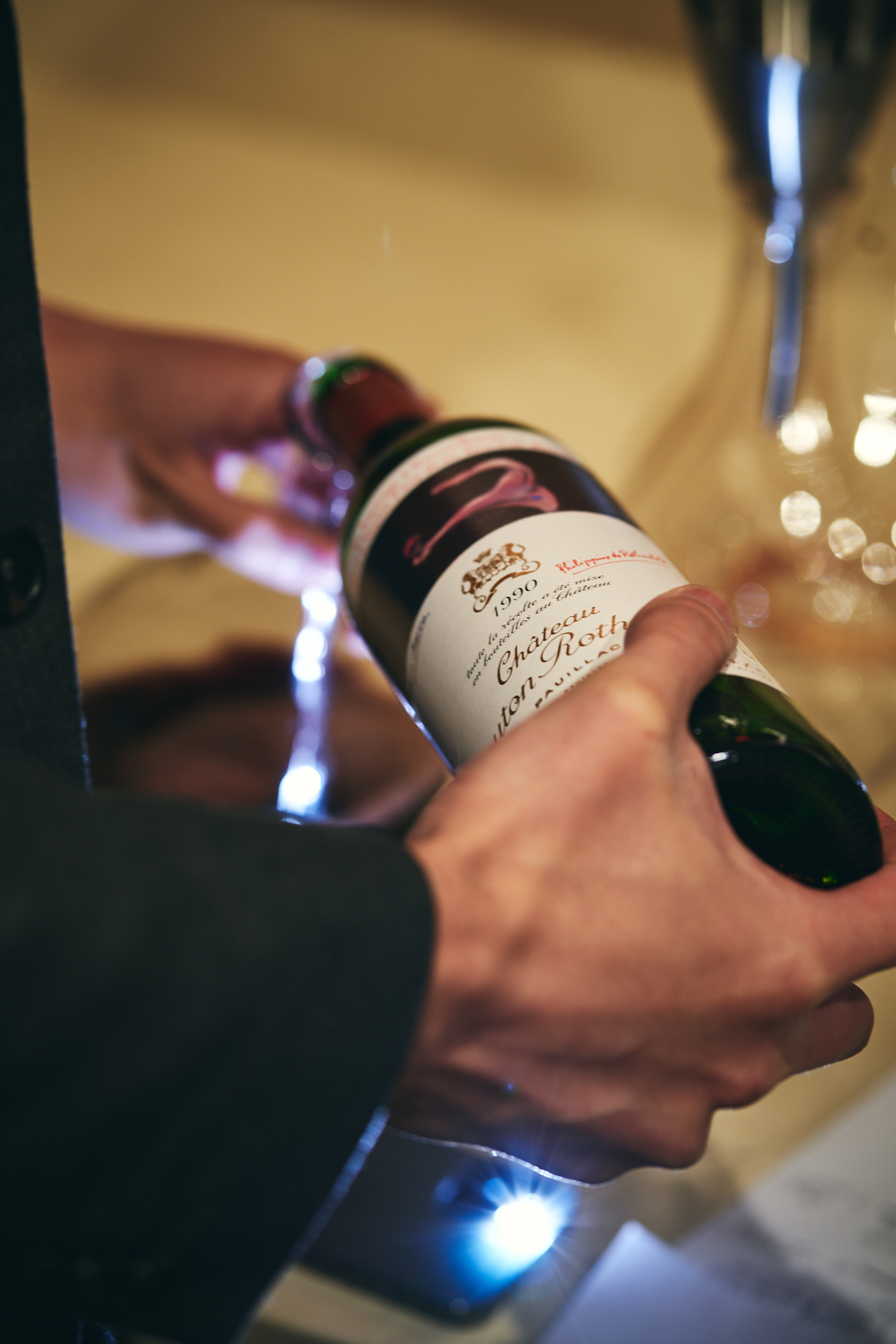
Then, on to the Château Mouton-Rothschild which for me showed the classic flavours I associate with 1990 Bordeaux – aromas of roasted coffee, cassis, dark raspberry with a ripe and juicy character to the fruit conveying a lush mouthfeel. This wine received no votes for top two wines of the night. Mouton is a wine I associate with being the most fruit forward of the First Growths. The wine is consistently well-made. I’ve even had examples from the 1970s that shined. Mouton really developed fame under the leadership of Baron Philippe de Rothschild who ran Mouton from 1922 until his passing in 1988. Some of the noteworthy achievements of Mouton under his leadership were instituting bottling at the Château in 1924. This practice was early for its time as in those days estates would deliver the wine to the merchants in barrels and the wines were bottled by négociants or the merchants. Baron Philippe also wanted to link wine with the arts, so for each year from 1945 on the label has been illustrated by a contemporary artist. In addition, his advocacy and improvements at Mouton helped it achieve First Growth status in 1973. Mouton is also noteworthy for the partnership that Baron Philippe formed with winemaker and legend Robert Mondavi in California’s Napa Valley creating Opus One. It was the first time such an alliance had been formed to produce a wine in Napa following the traditional Bordeaux way of making wine. The first vintage was 1979.
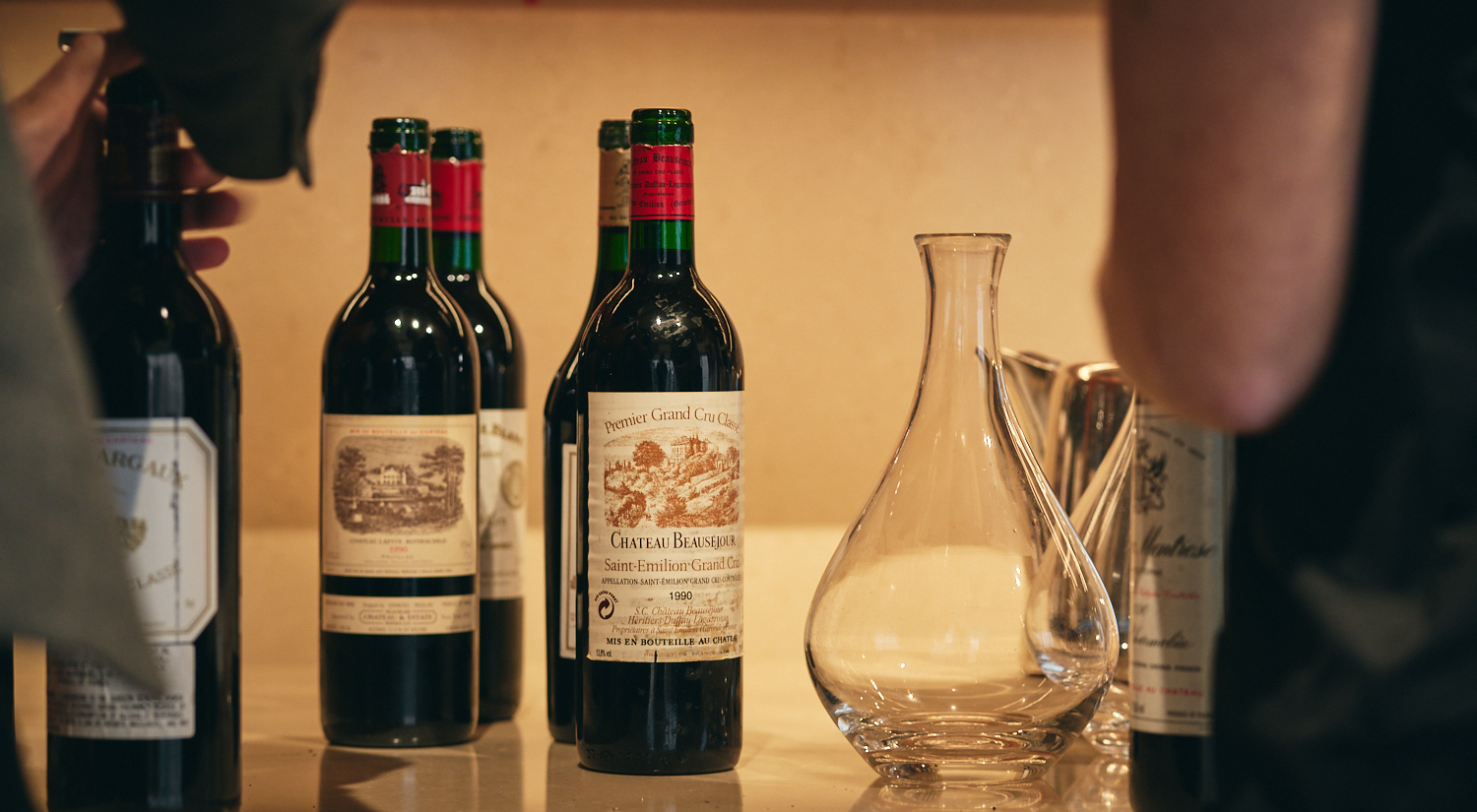
Next up was Château Lafite-Rothschild, and the blend of the 1990 is quite interesting in that normally it features a higher proportion of Cabernet Sauvignon. In the 1990, the blend is 57% Cabernet Sauvignon, 30% Merlot and 13% Cabernet Franc. Now the blend for Lafite will be about 80-95% Cabernet Sauvignon, 5-20% Merlot and 0-5% Cabernet Franc and Petit Verdot. The soil at Lafite is made up of fine, deep gravel mixed with aeolian sand on a subsoil of tertiary limestone. It’s particularly well suited to the cultivation of Cabernet Sauvignon. The vineyard has good drainage and sun exposure. Its oldest plot is called ‘La Gravière’ and was planted in 1886. Like most estates in the 1970s, Lafite went through difficult years, but by 1990 the quality of the wine at Lafite saw marked improvement likely due to the changes made through Baron Eric de Rothschild’s leadership. Specifically, he put in a new technical team, did replanting in the vineyards, reduced the use of herbicides, installed a stainless steel vat complex and brought in better oak vats and constructed a new circular cellar for barrel ageing. He also started expanding in France and abroad gaining greater insights about winemaking practices all over the world. The 1990 Lafite displayed aromas of old leather, cedar, lead pencil, cassis, and dark cherry; it was concentrated through the palate with integrated tannins. This wine received no votes for top two favourite wines of the night.
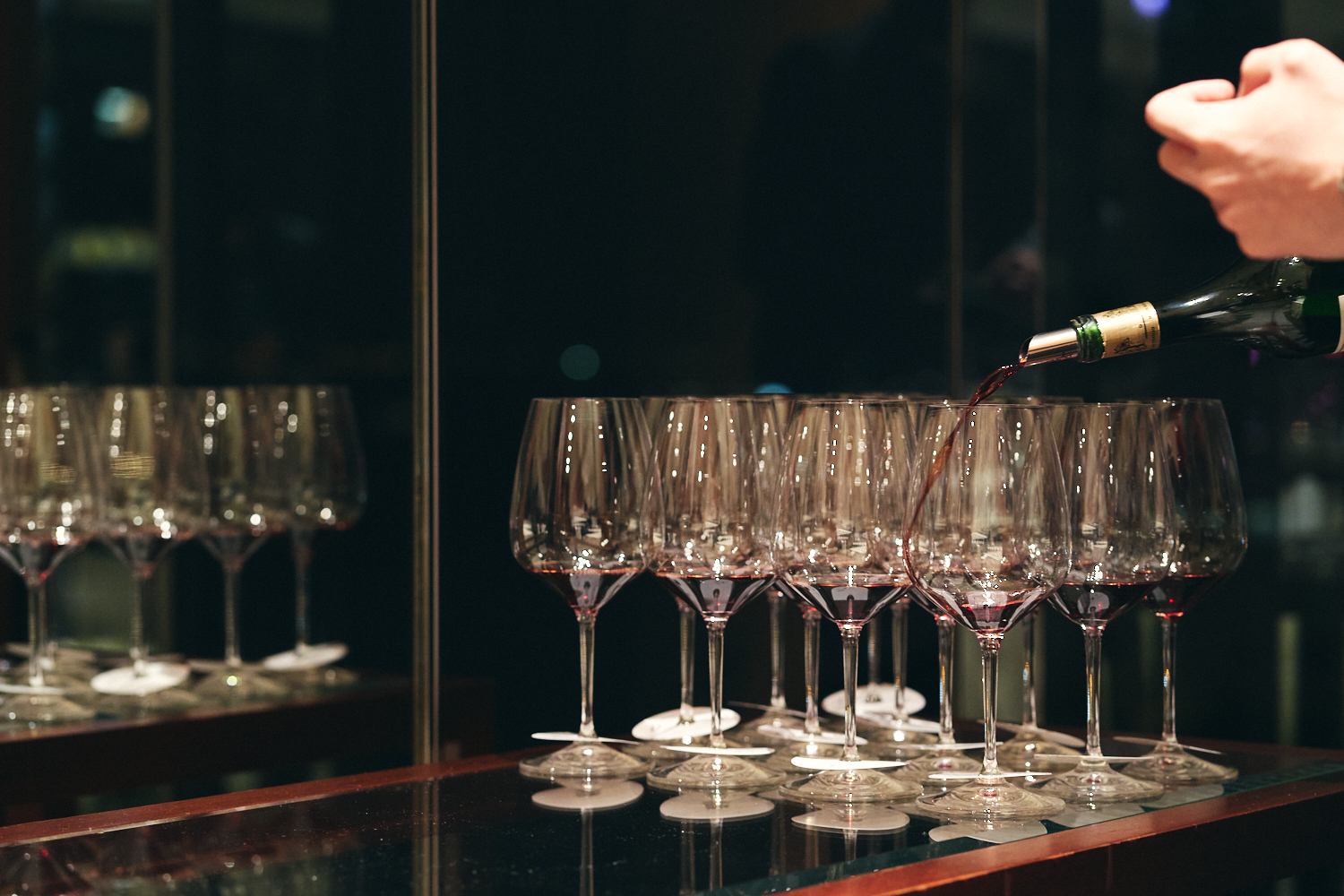
For the final flight before a little something sweet, we put together a best of 1990 line-up – Chateaux Latour, Margaux, Beauséjour Duffau-Lagarrosse and Montrose. Latour’s proximity to the Gironde river with its primary vineyard L’Enclos overlooking the estuary of this river is very influential to the success of the wine made there. The river helps maintain a mild climate and has influenced the geological complexity in the soils at Latour making them well suited for the cultivation of fine Cabernet Sauvignon. The soils at Latour are made up of gravel (which can be 4-5 metres deep), marl and clay with deep deposits of limestone. The 1990 Latour showed aromas of old leather, tobacco, cassis, blackberry and dark cherry with a minerally quality on the nose and tension through the palate. However, this bottle lacked the depth of flavour and concentration I’ve normally found in this vintage; it’s one of my favourites usually. This wine received no votes for top two favourite wines of the night.
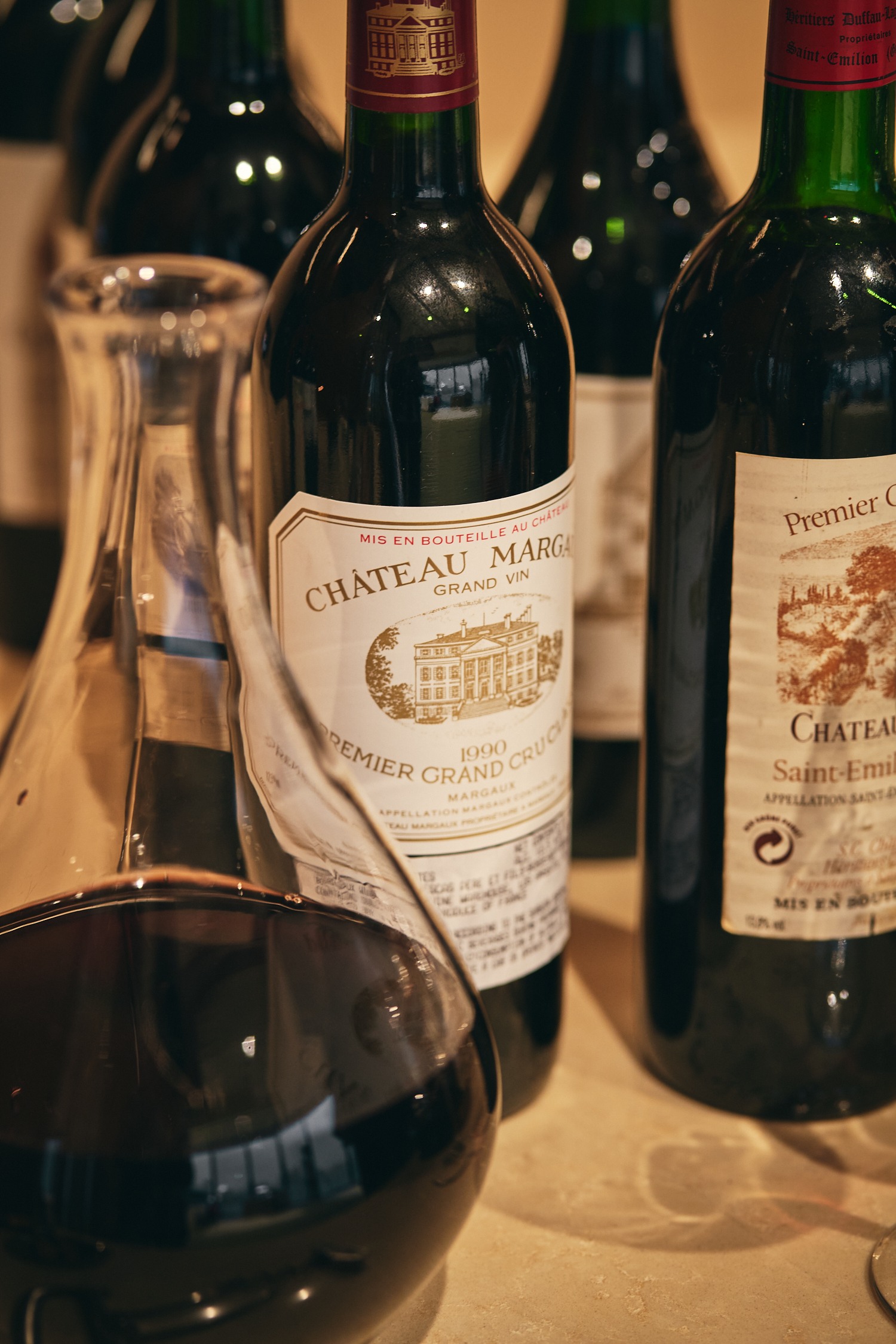
The next wine in the flight was Margaux; it’s also usually a favourite of mine, and on this night, it was my favourite wine of the night. The 1990 Margaux received four votes for top two favourite wines of the night tying for second place with Le Pin. This Margaux showed floral perfumed aromas of violets, red berry fruits, dark cherry aromas and old leather with a touch of sweet baking spices and conveyed a balanced and refined feeling and flavour profile. The finish was elegant and long lasting. Margaux’s success can be found in part due to a winemaker that was there early on in its history. In the 17th Century, Steward Berlon, set about making changes in the viticulture and winemaking practices with more a focus on advancements and improvements for the future. Specifically, he started vinifying the red grapes and white grapes separately whereas up until this time the common practice in Bordeaux was to vinify both the red and white grapes together. Berlon also started picking later in the day as he felt that if he picked when the dew was on the grapes the wines would be diluted. By waiting later in the day, he felt he would get more concentration and flavour in the wines. Probably, most importantly, Berlon understood and took note of the different soils and quality differences within the different parcels at Margaux, starting to emphasize and appreciate the concept of terroir.
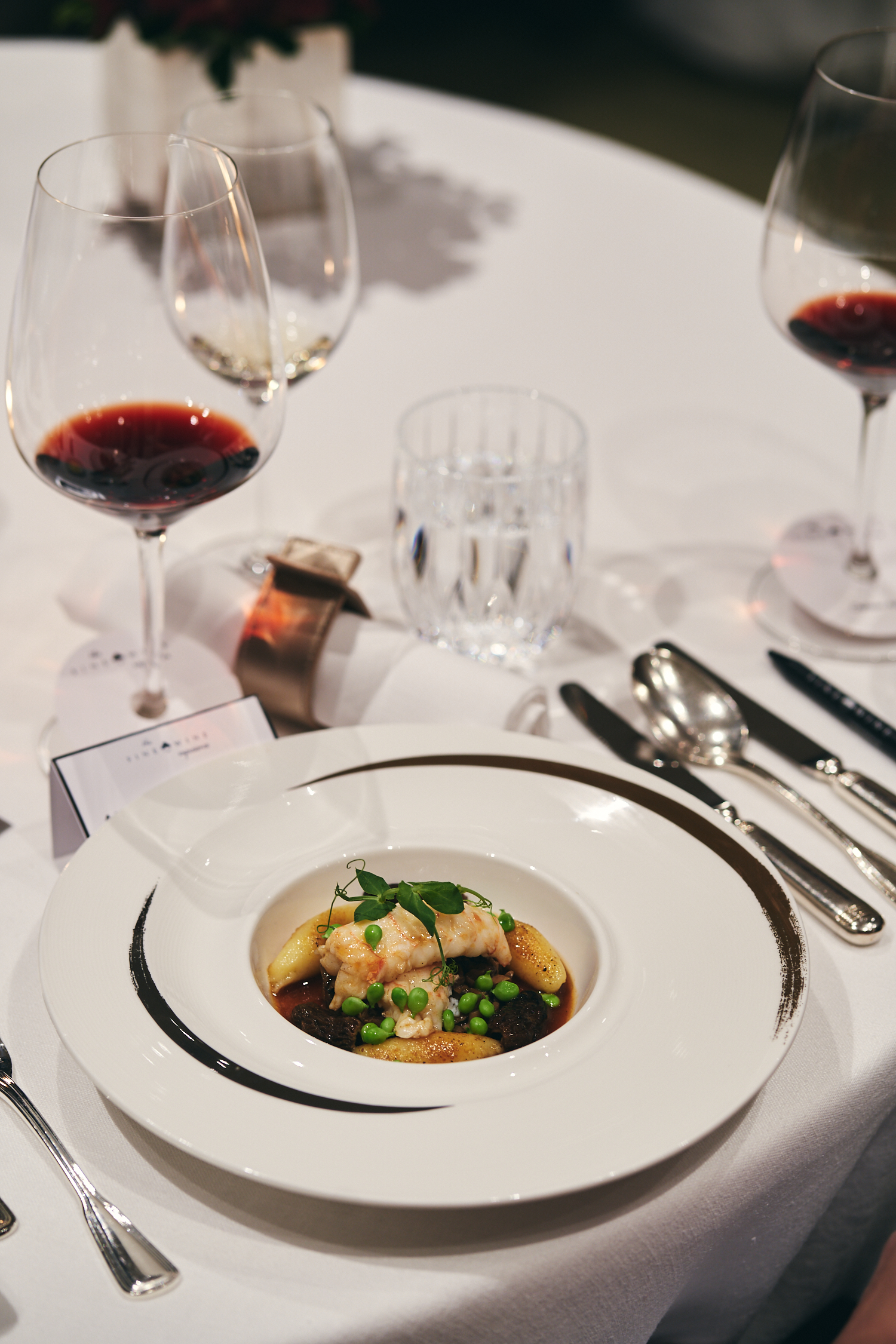
Roasted New Zealand Scampi, Potato Gnocchi, Mushroom Dexulles, Morels, Chicken Jus
Another key defining moment in the quality evolution of the wine of Château Margaux came in 1977 when Andre Mentzelopoulus took over ownership. He set about investing heavily in Margaux with a view focused on the long-term success of the estate. Mentzelopoulus put in new drainage, replanted the vineyards, introduced a second label, and started the practice of ageing the wine in new barrels. Sadly, he passed away in 1980. However, his daughter, Corinne took over the reins and has continued her father’s vision for Margaux. To help her, in 1983 she hired Paul Pontallier as the winemaker, and he would go on to lead Margaux to even greater heights for the next thirty years that he spent as Director of Château Margaux. So, this 1990 that we experienced was made by him.
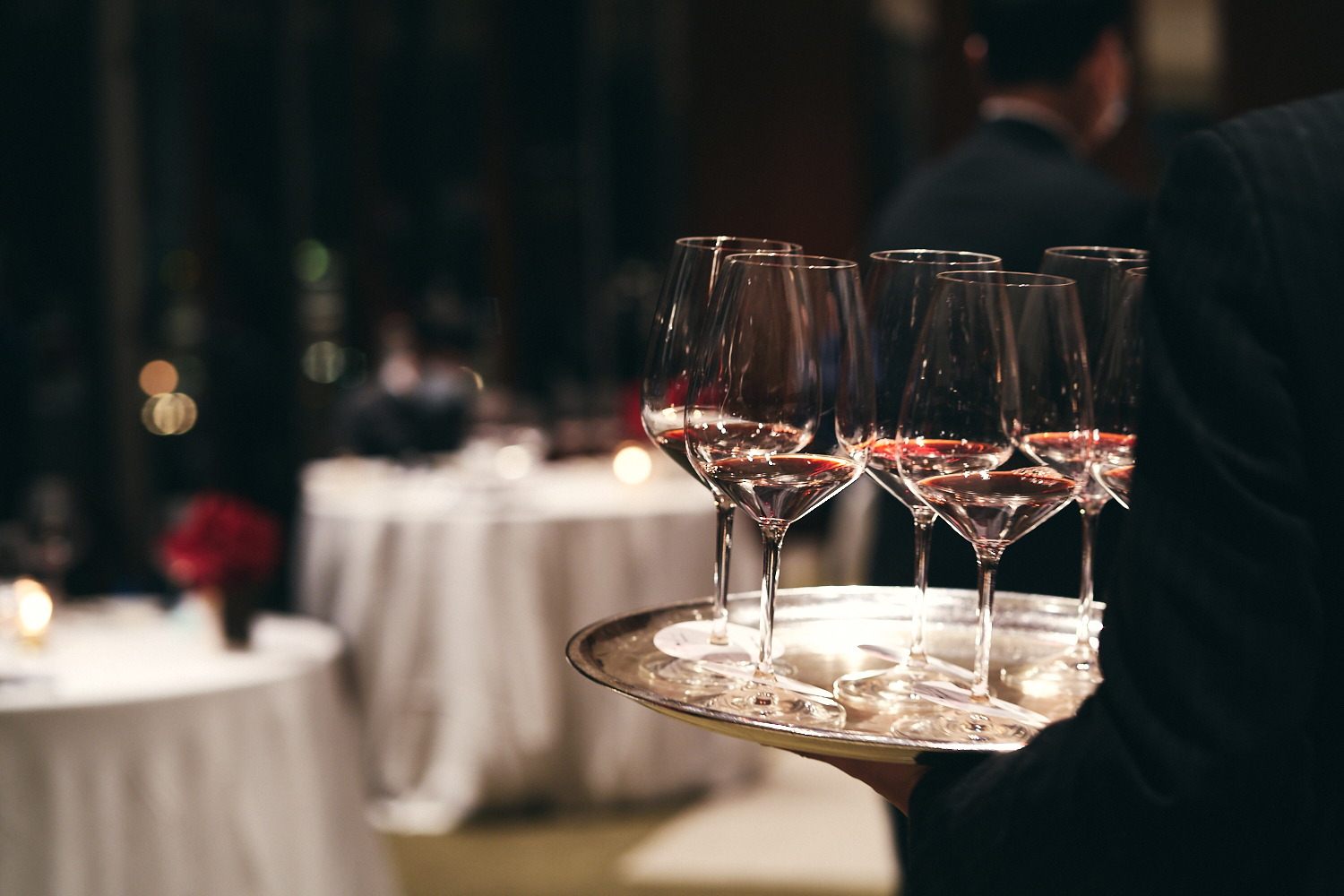
After the Margaux, we moved back to a wine from St.-Émilion – Château Beauséjour Duffau-Lagarrosse. This wine is known as being a great vintage for this estate with really no other standout years. However, since the 2009 vintage and forward, critics see marked improvements here under the leadership of Nicolas Thienpont and Stéphane Derenoncourt. The 1990 came in part because they left the grapes on the vine for a long time, unintentionally. This level of ripeness worked for this wine with Robert Parker giving it 100 points and calling it, “one of his desert island wines”. The vineyard that this wine is made from is a single parcel on top of the St.-Émilion plateau with elevations ranging from 45-70 metres. The soil is a mix of clay with limestone deposits over a deep bed of limestone. This 1990 showed aromas of cassis, dark fruit notes of blueberries and blackberries, mocha chocolate flavours with intensity and concentration on the palate delivering a lasting finish. The wine received two votes for top two favourite wines of the night.
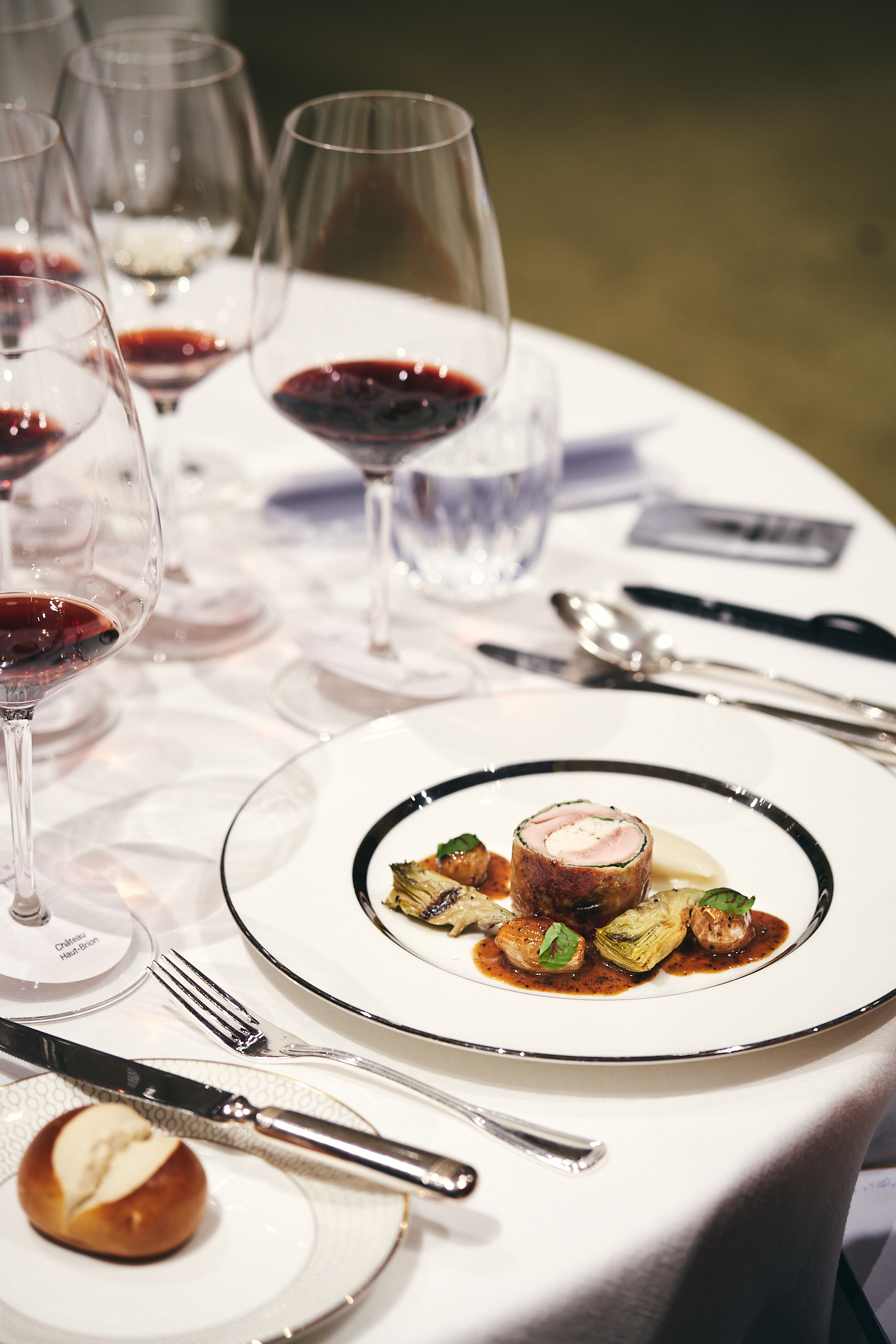
Ballotine of Quail and Parma Ham, Sunchoke Purée, Globe Artichokes, Pearl Onion, Truffle Jus
We finished the flight with a wine from St.-Estèphe – Château Montrose. It’s known as being one of the best wines from 1990. Similar to Latour, the river is a major influence on the micro-climate and resulting wine produced at Montrose. Its vineyards are oriented with southeast exposure and have a direct view of the Gironde River. The vineyard is located on a hillside with a soil make up of deep gravel with limestone underneath, sands and clay. Average age of the vines here are 40-years-old with some of the Cabernet Sauvignon vines being planted in 1932. The setting, soil structure and age of the vines all help in creating a concentrated wine with a firm structure. There are parcels in the vineyard with high clay content which produces powerful tannins in this wine which is one of the defining features of the wines of St.-Estèphe. The blend for the 1990 is 64% Cabernet Sauvignon, 32% Merlot and 4% Cabernet Franc. It displayed notes of cassis, dark cherry, crushed autumn leaves, forest floor, and old leather with green leaf tobacco. The wine was concentrated and you could still feel its structured tannic backbone on the palate. It received three votes for top two favourite wines of the night including one of mine.
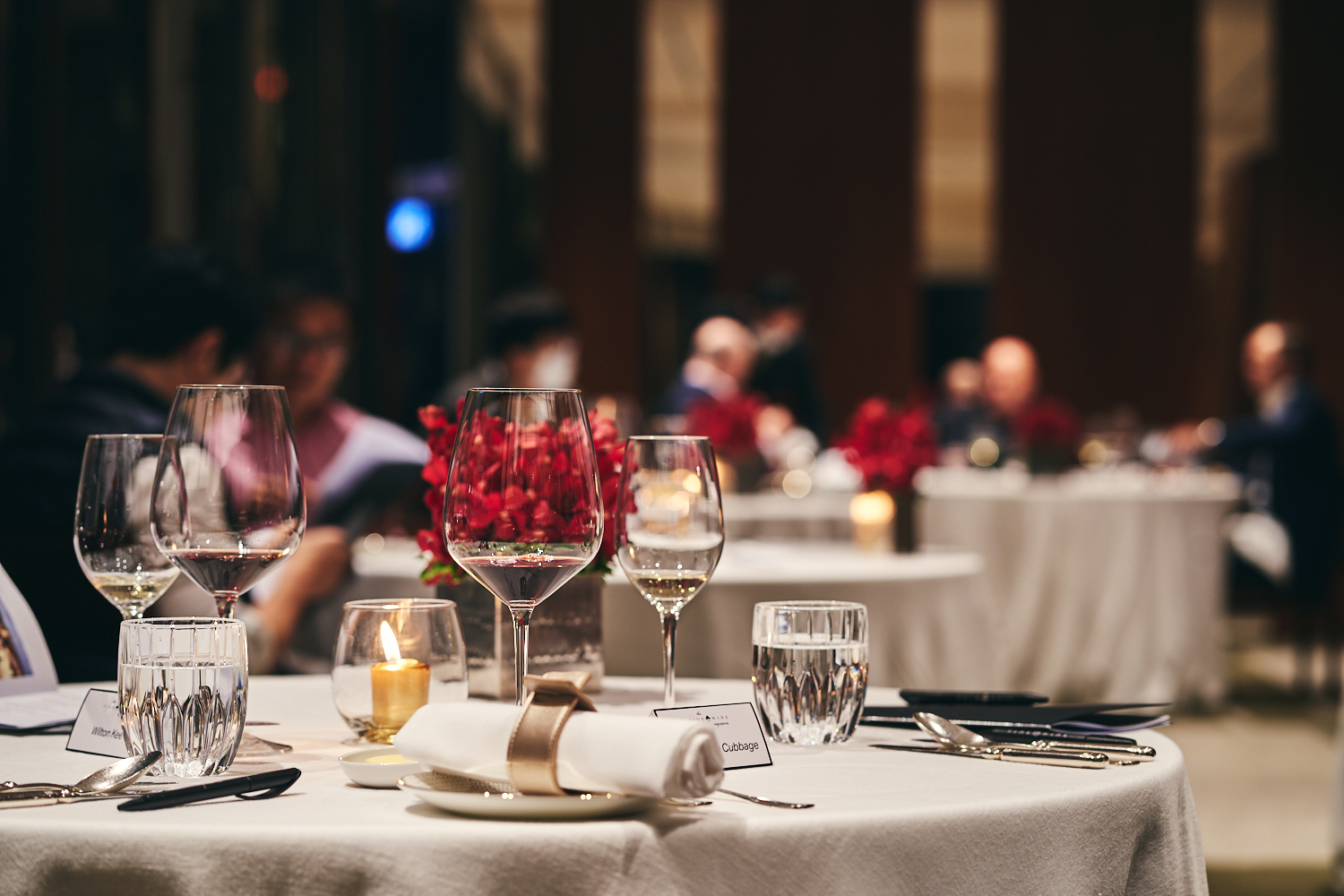
To wrap up the evening, we ended with cheese and Château d’Yquem least we forget that 1990 was also an outstanding vintage for Sauternes. Analysis of this vintage showed it possessed the highest level of sweetness recorded since the 1929 vintage. It was also a large crop with some yields at the Châteaux being even more plentiful than what had been produced in 1983. This 1990 received one vote for top two favourite wines of the night. It showed aromas of sweet baking spices, vanilla, dried apricots, juicy, ripe yellow peaches and white flowers with a honeyed character to the fruit. Yet, the acidity was present throughout creating balance and providing lift, preventing the wine from coming across as syrupy or overly sweet. It was intense and full of flavour – a brilliant and luxurious end to the night.
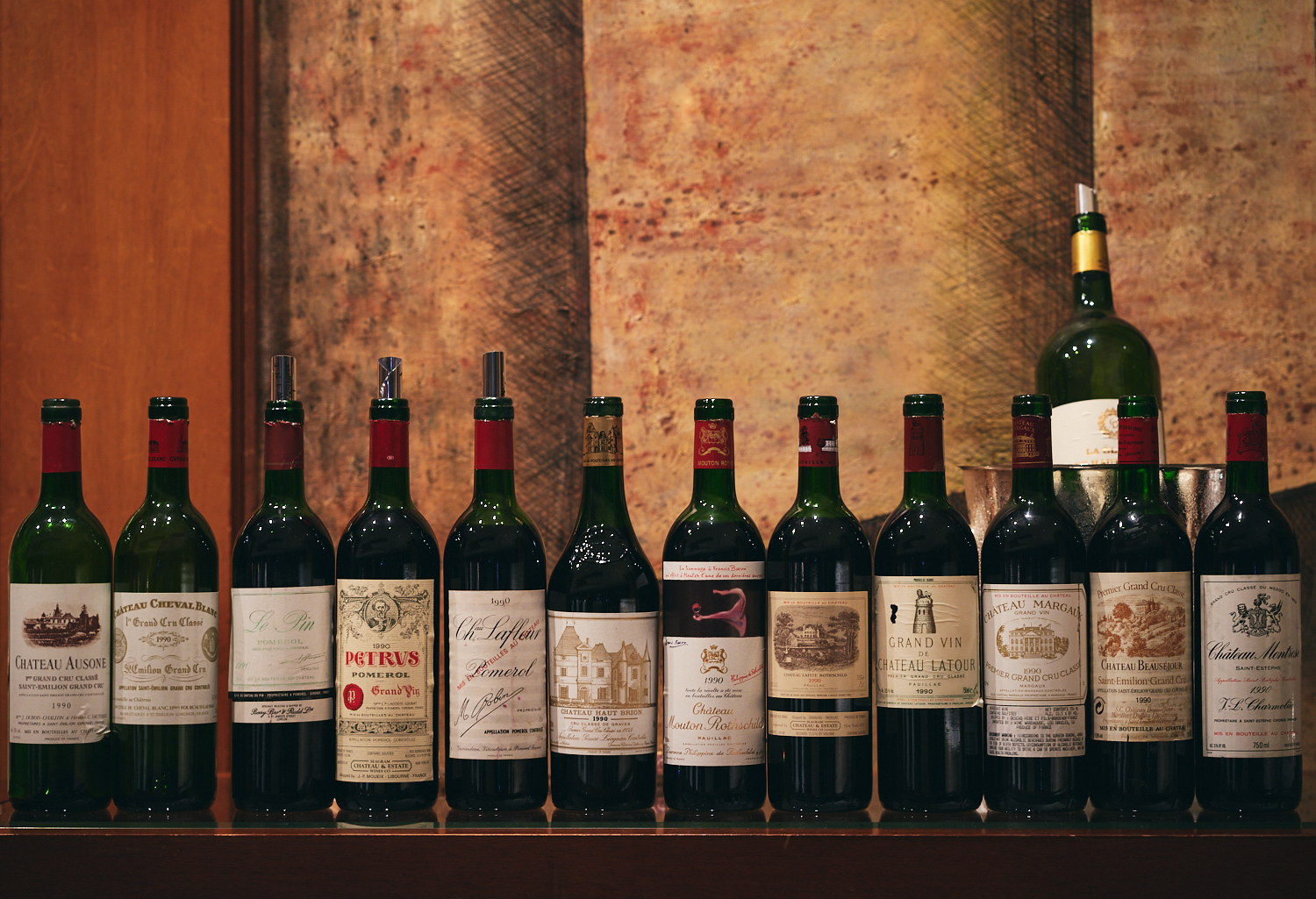
This 1990 Bordeaux dinner allowed us the opportunity to revisit a vintage that received high marks at the time it debuted, and we were able to see how it has held up over the years. Most of us were impressed by how well the wines are continuing to show as across the board we saw strengths in nearly all the wines. Consistency of quality seems to be an attribute in 1990, so while there are definite stars, it’s hard to go wrong with a wine from this vintage. And for me and most at the dinner, the ripeness of the vintage was balanced by acidity and structure. In addition, the terroir wasn’t masked by the vintage. We could taste the style and characteristics of each specific Château in the glass. I think we all walked away with a much greater understanding and appreciation for this vintage in Bordeaux. A big thank you to the team at the Grand Hyatt for helping us create this 1990 Bordeaux experience, and thank you to everyone who joined me to taste and to discover this vintage. If you would like some for your cellar or if you missed this dinner and would like to try some of these on your own, we have a small amount available for you to enjoy. So, do get in touch, and we will be happy to help. We look forward to sharing more fine wine experiences with you soon.
